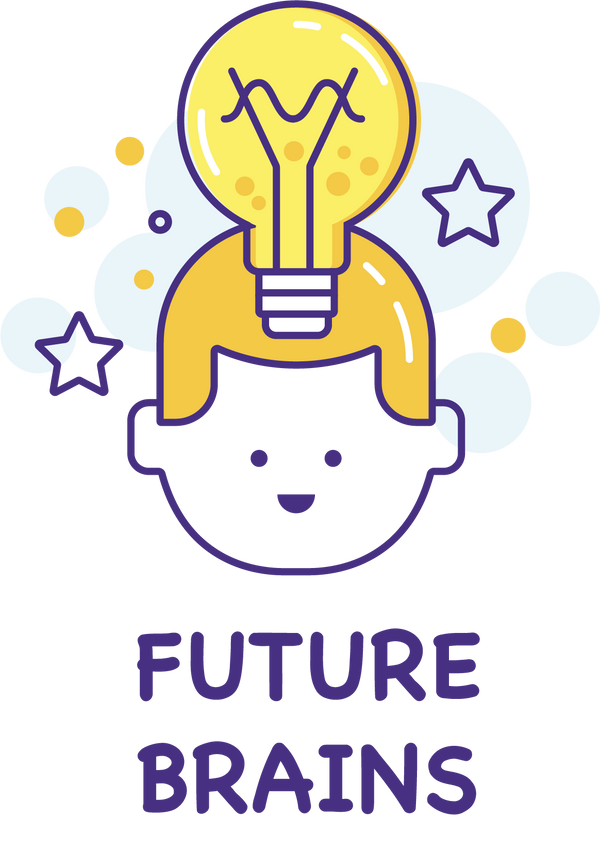1
/
of
9
B040 - Wooden music instrument toy 5-pcs set
B040 - Wooden music instrument toy 5-pcs set
Regular price
$11.00
Regular price
$12.00
Sale price
$11.00
Unit price
/
per
Taxes included.
8 in stock
Couldn't load pickup availability
Introduce your child to the world of music with this engaging Music Instruments Set! Designed for children 3 months and up, this set promotes musical skills, emotional growth, and cognitive development through playful exploration. Perfect for early childhood learning!
Educational Benefits:
-
These instruments are designed to help toddlers develop fine motor skills, hand-eye coordination, attention span, and creativity through musical exploration.
Features:
- Enhances Musical Skills: Develop rhythm, melody, and musical ability, laying the foundation for future music education.
- Orff Schulwerk Method: Combines music, movement, speech, and play, promoting deeper connections to music.
- Fun & Engaging: Interactive instruments make learning musical concepts enjoyable.
- Variety of Instruments: Includes a range of instruments for diverse musical exploration.
- Bright & Attractive Design: Colorful and vibrant instruments that capture children’s attention and stimulate creativity.
- Child-Friendly Materials: Safe and durable instruments designed for small hands to handle with ease.
Benefits:
- Sensory & Musical Development: Encourages exploration of sound, rhythm, and coordination.
- Emotional & Social Growth: Enhances social interaction, collaboration, and emotional expression.
- Hands-On Learning: Stimulates creativity and cognitive development through interactive play.
- Safe & Engaging: Made from child-safe materials, offering a secure introduction to music.
Product Details:
- Age: 3 months+
- Material: Wood
- Dimensions: 20 x 7 x 12 cm
Included Instruments:
- Trumpet: Develops vocal and auditory skills while improving breathing control.
- Wooden Cage Rattles: Soothing sounds to promote fine motor skills and social growth.
- Three-Ring Rattle: Encourages cause-and-effect exploration and gross motor development.
- Wooden Maracas: Teaches rhythm, beat, and coordination.
- Wooden Castanets: Ideal for rhythmic development, improving hand-eye coordination and fine motor skills.
Share

















